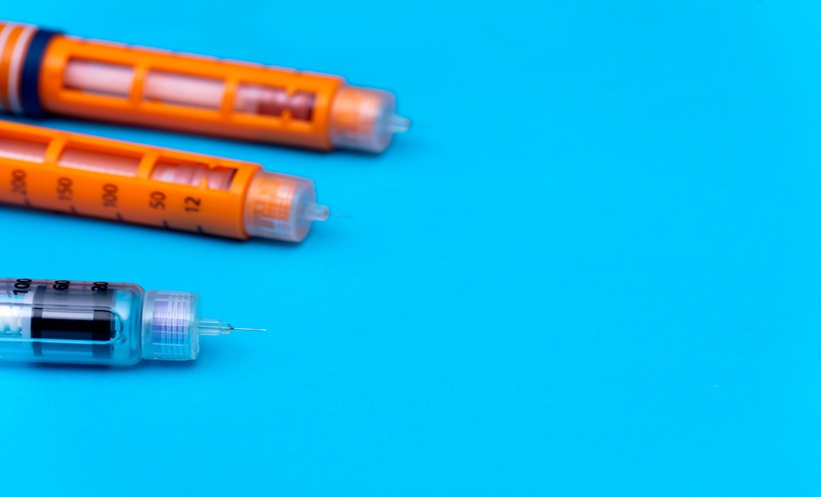EVEN healthy breast tissue harbors rare populations of mutated epithelial cells, raising important questions about their role in breast cancer development. This is according to the results of a new study which builds on current understanding of breast cancer’s origins and pave the way for novel preventive strategies.
Researchers analyzed over 83,000 epithelial cells from the breast tissue of 49 healthy women using advanced single-cell DNA sequencing techniques. Their results showed that all participants had rare aneuploid cells, a median of 3.19% of epithelial cells, with mutations resembling those found in invasive breast cancers. Notable mutations included gains of 1q and losses of 10q, 16q, and 22q. These cells were most commonly found in luminal epithelial lineages and localized to the breast ducts and lobules, areas that appeared normal under the microscope.
Strikingly, the proportion of aneuploid cells increased with age, hinting at a potential link between aging and early breast cancer risk. The study also revealed that 82.22% of these cells underwent clonal expansions, indicating that they proliferate within the tissue.
These findings challenge long-held assumptions about “healthy” breast tissue, suggesting that cancer-like genetic changes can exist undetected in seemingly normal cells. The research underscores the importance of exploring these hidden cellular populations as a possible early warning system for breast cancer.
Reference: Lin Y et al. Normal breast tissues harbour rare populations of aneuploid epithelial cells. Nature. 2024. https://doi.org/10.1038/s41586-024-08129-x.







